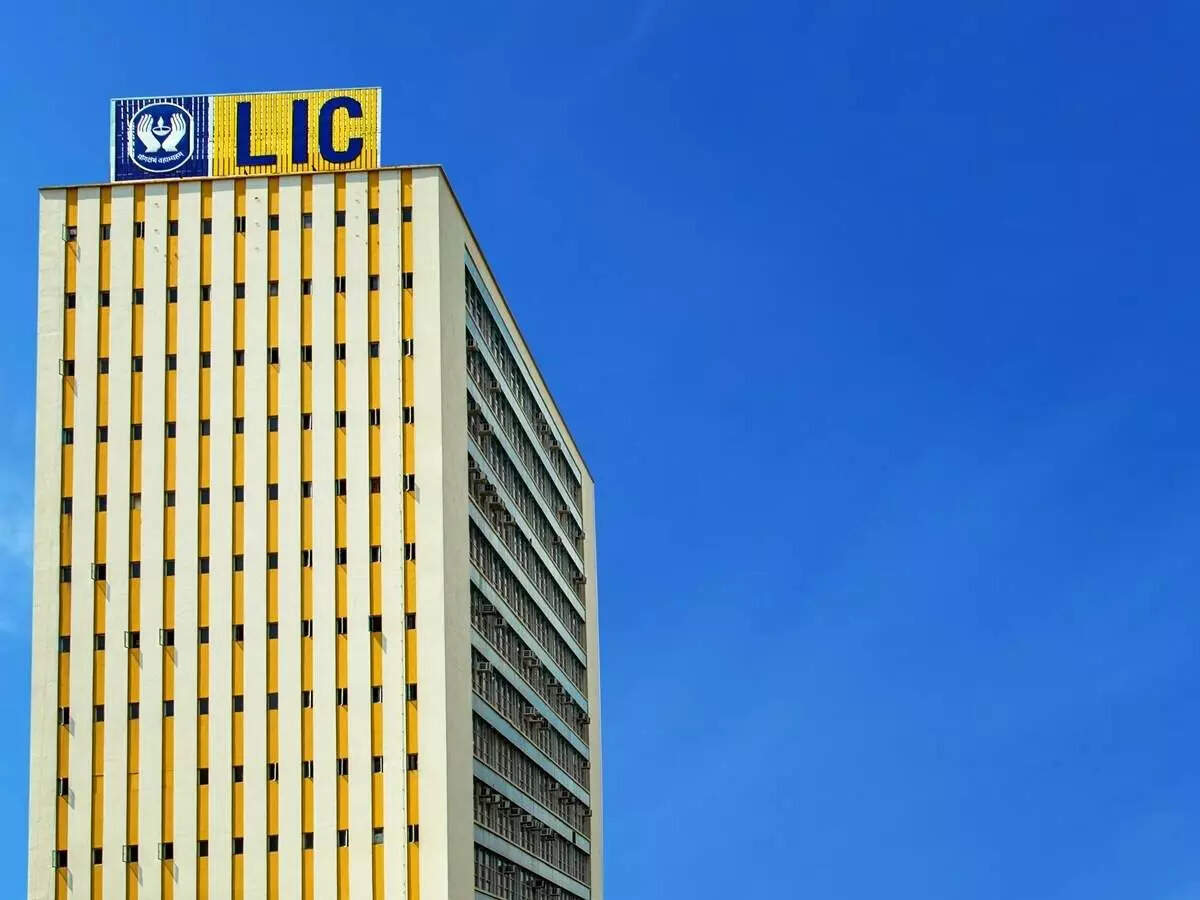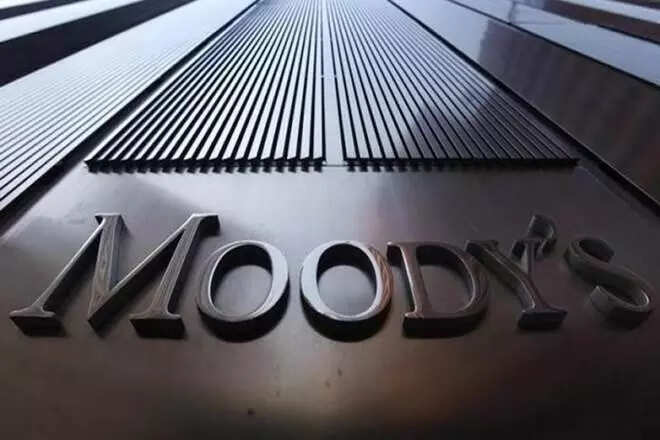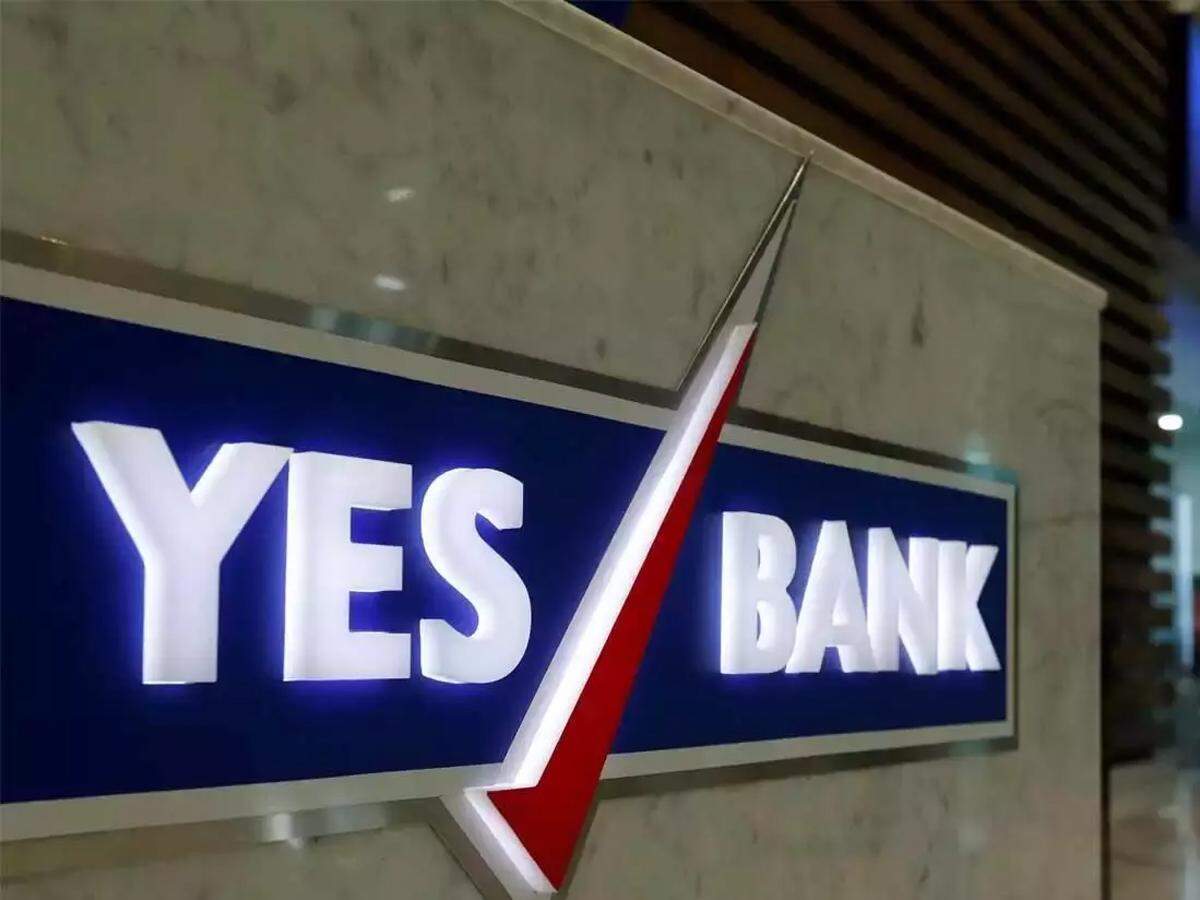Normalisation of liquidity management operations has commenced and, going forward, the evolving macroeconomic situation will determine our future approach and how we deal with it,” said Reserve Bank of India Governor Shaktikanta Das.
In an interview with BusinessLine, Das said that by end-September, the size of the fortnightly VRRR auction will be ₹4-lakh crore but the system liquidity will still be in the order of about ₹4-lakh crore at least. Edited excerpts:
Since the last monetary policy statement, have you seen any positive signs in the economy?
Whatever I said in my last interview, by and large, holds good even today. There are signs of recovery; there are signs of some of the fast moving indicators improving.
Passenger vehicles, sequentially, have improved marginally. Several of the fast moving indicators that include GST collections, e-way bills, railway freight, have improved over the position a month ago.
Manufacturing PMI has come back to the expansion zone, as per the latest data. Services PMI is still in the contraction zone. Though below 50, it is sequentially better than the previous data.
So, on the economic activity and the revival front, whatever was stated in my statement on August 6, holds good and it is showing the kind of momentum and revival we were expecting. The latest inflation print for July is also on expected lines. We expected it to moderate from a high of 6.3 per cent in May and 6.26 per cent in June. It has now moderated to 5.6.
So, therefore, by and large, things are on expected lines so far. But having said that, we are constantly watchful of the situation because things can change rapidly.
Your 5.7 per cent CPI inflation projection for FY22 is very close to the MPC’s upper tolerance level. You also said inflationary pressures are transitory. Is there a risk in following the “look through” approach of the other central banks on inflation?
Now, first thing is that our monetary policy is determined primarily by domestic factors. We do watch the kind of stance or policy the US Fed or the ECB or the central banks of other advanced economies and the emerging market economies take. We do keep a watch because that has certain spillovers to our economy also. But I would like to re-emphasise that our monetary policy is determined primarily by domestic macroeconomic considerations. At this point of time, I would like to highlight three points.
One, the process of economic revival is very delicately poised. And ever since the pandemic began, we have carefully endeavoured to nurture and revive the process of growth. We have provided congenial financial conditions in the financial markets. The bond markets and the money markets, which were almost frozen last year, in March and April, we de-freezed that. Not only that, we revived the activity in the bond market. Last year (FY21), the corporate bond issuances were higher than the previous year. Each sector or sub-sector witnessed temporary shocks. But the activities, broadly speaking, in the financial markets revived, thanks to the kind of policy the RBI has adopted.
Apart from the financial markets, there is the larger real economy. We have contributed to lot to reviving the real economy also. So, together with the government policies, the fiscal policies and the monetary policy, we have ensured that the real economy also kept functioning. We have endeavoured our best to see that the revival of economic activities is nurtured. So, at this critical time, anything that we do has to be very carefully calibrated and well-timed.
Two, with regard to inflation, as stated in the MPC and the Governor’s statements, we do expect the inflation spike to moderate in the coming quarters. Currently, the inflation is largely driven by supply-side factors. So, we should give the supply-side factors some chance and some time to correct themselves and restore the demand-supply balance.
Three, it’s an extraordinary situation that we are dealing with and the situation can change in no time. On April 7, when I made my monetary policy statement, the things looked so good.
But on May 5, I made an unscheduled announcement of measures because in that one month, infections had suddenly surged. So, therefore we have to be careful.
It is also the prime responsibility of the RBI to maintain financial stability. So, we don’t want to do anything hastily which may undermine financial stability in the medium term.
We need to wait for the growth signals to become more sustainable. We need to see that the growth signals, the economic revival, you know, the fast moving indicators are not just fast moving, but take some roots. So, the process of revival becomes more sustainable.
All that I am saying is that any policy action by the RBI, particularly monetary policy action, has to be very carefully calibrated and well-timed.
So, from the consumption point of view, what more can be done?
Our responsibility is to provide congenial financial conditions to create an ecosystem where the economic revival and restoration of growth will be assisted. And credit offtake is just one segment. We took various measures last year such as the LTROs, the TLTROs and liquidity support to Nabard, NHB, and SIDBI. And then we announced liquidity support to the stressed sectors, identified by Kamath committee, to the healthcare sector and the contact intensive services sector.
So, we are doing whatever is in our domain and it will definitely contribute to the creation of aggregate demand.
Demand creation is only one of the determinants of monetary policy, not the sole one. Monetary policy also takes into account several other aspects. For example, when we reduce the rates or take an accommodative stance and the market rates come down, it gets reflected in the G-Sec segment which, in turn, transmits to the bond markets. It also translates itself into the interest rates adopted by the banks. The housing loans are at an all-time low in several years. And naturally, several experts have told me that the revival of activity in the real estate sector and, in particular, in the housing sector, has been largely facilitated because of the RBI’s monetary and liquidity policies.
We are providing an ecosystem and I think it seems to be working. If you just pick up one of the items and say that it doesn’t work, well, it may not be working. I am not saying that it works everywhere because demand revival will depend on so many factors. Aggregate demand is still low. There is still a lot of slack in the economy; it is catching up.
All the policies the RBI has taken have worked over the last one-and-a-half years and they continue to work even now. That is why I have used the word — should we pull the rug? Should we reverse now? Should we change course now? Changing of course has to be very, very carefully done because there is a larger economy outside. The RBI being an institution responsible for financial stability in the country, we have to be very mindful of that. Even monetary policy says, the Act also says, that target 4 per cent inflation, while keeping in mind, the objective of growth. And RBI is a full service central bank.
Though you have flooded the market with liquidity, credit demand is tepid and there are pressures on the NPA front. So how do you deal with this situation?
There is credit demand in certain segments. For example, I mentioned about retail housing loans. But yes, in terms of aggregate numbers, bank credit growth is about 6 per cent. A point to be noted is that the liquidity is not just coming out of the RBI injecting liquidity through G-SAP or through TLTRO. Liquidity is also coming out of our forex interventions to maintain the stability of the rupee. We have to do that intervention.
In January this year, we normalised our liquidity management policy. In February 2020, we released our liquidity management policy in which we said that this 14-day variable rate reverse repo (VRRR) operations that we do is the standard liquidity management operating instrument. . In January this year, we started with ₹2-lakh crore of absorption every 14 days. Now, every fortnight we are increasing it by ₹50,000 crore. So, by end- September, the size of VRRR — the fortnightly auction size — will be ₹4-lakh crore. We have already started normalising our liquidity operations and I would like to emphasise normalising. It is different from draining out liquidity because VRRR money also remains a part of the surplus liquidity. Even at the end of September, with ₹4-lakh crore of VRRR, the system liquidity will still be in the order of about ₹4-lakh crore at least. Therefore, normalisation of liquidity management operations has commenced and, going forward, the evolving macroeconomic situation will determine our future approach and how we deal with it.
But aren’t NPAs getting masked due to the loan restructuring?
They are not getting camouflaged. Because of the moratorium followed by the Supreme Court stay on asset classification, which got lifted in the third week of March, the position was not clear. But by March 31, we had a clear picture of the NPA situation. For restructuring, we had given a time limit till June 30. All the cases, which had to be restructured have been restructured. We have the exact numbers with us and the situation with regard to NPAs is definitely well under control.
Everybody talks about relief for borrowers but no one talks about the depositors, who are getting negative real interest rate. Why is it not a concern?
There are two points. First, it is a trade-off and you have to do a balancing act. On the one hand, the legitimate desire of depositors to get higher interest rates and, on the other hand, the legitimate requirement of business and industry is to get loans at a more reasonable rate to carry on with business activity. During the pandemic, the balance naturally tilted somewhat in favour of economic activity because economic activity has to go on, otherwise thousands of people will face a situation of zero income. This aspect had to be given importance and that is what we have done over the last year-and-a-half. It’s a trade off and the trade off will depend on the prevailing situation — the situation that prevailed in the last one-and-a-half-years or even a little before, because we had started the rate-cutting cycle prior to the pandemic. In the last one-and-a half or two years, the balance has tilted somewhat in favour of keeping the lending rates low.
Second, the small-saving schemes, which are offering higher interest rates, should be seen as a kind of a fiscal support being provided by the government to the depositors. The rates that are prevailing with regard to the small-saving schemes are much higher than the Shyamala Gopinath committee recommendation.
Depending on evolving macroeconomic conditions, we definitely keep in mind the requirement of depositors and with regard to regulation and supervision of the banking sector, the interest of the depositors is of highest importance
Professor JR Verma said the reverse repo rate should not find the mention in the MPC and only the Governor should speak about it. Your thoughts on this?
We released the Report on Currency and Finance or RCF in January, which focused on monetary policy. There, it has been explained that the reverse repo rate is a part of the RBI’s liquidity management toolkit. It is not in MPC’s domain. It is the RBI which decides the reverse repo rate.
Second, if you look at all the MPC minutes from 2016, in every one of them, the reverse report rate is mentioned. We have to maintain consistency with the past trend. Also, the repo and reverse repos are the two supporting pillars of the monetary and liquidity policy approach of the central bank.
So for the sake of consistency and completeness of the monetary policy statement, that it is a statement of the committee and not the Governor’s statement, the reverse repo is also mentioned. But it is well understood that reverse repo is decided by the RBI.
There is the feeling that the RBI is entering a dangerous territory by trying to duel with the market in trying to manage the yield curve. Your thoughts?
Primarily, you are asking if we are interfering in the market? Right through the pandemic, even before and more during the pandemic,we have tried to be as transparent as possible. Therefore, I explicitly stated that evolution of the yield curve is a public good. And why I said and I have said it earlier also, the G-Sec yields act as a benchmark for the cost of borrowing in the market. And in a situation that the RBI was confronted with following the onset of the pandemic, we had to keep the markets running. We said what is important is orderly evolution of the yield curve and towards that we give very specific communication. We gave forward guidance. We also backed it up with our actions in terms of supporting the market with liquidity. So it was not just our communication.
It was also forward guidance. It was time-based guidance, it was our action, in terms of announcing TLTRO support, G-SAP, doing OMO or operation twist and it was also in terms of signals that we were giving to the market sometimes through devolvement or cancellation of auctions. It is not to subjugate the market, it is only to ensure that the yield curve has an orderly evolution and it evolves in an orderly fashion which is reflective of the fundamentals of the macroeconomic conditions. That is our endeavour. All our actions have been very transparent; it was towards achieving this orderly evolution of the yield curve. The objective behind it is to ensure better monetary policy transmission.
I think the market and the central bank need to understand each other better. There is a congenial atmosphere prevailing now. At times, there might have been some devolution or cancellations but that was more to give a signal. Suddenly, when you see the yields going up steeply, naturally, we were not in a position to accept. And we are the debt manager of the Government…Historically, last year saw the highest-ever borrowing by the Government of India and the State government at about ₹22-lakh crore. We managed that in a very orderly fashion. Our effort is to always manage the government borrowing at a low cost and minimising the rollover risks. So, there is no duel.
The issue starts when you are trying to artificially rein in rates to your comfort level…
The market players are independent entities; they take their own decisions. We keep on giving signals and it is not as if every bond auction we have cancelled or devolved… From time to time, we take certain measures towards the objective of ensuring the orderly evolution of the yield curve. I again and again restate that point. So, towards that objective, we do intervene from time to time and measures like the G-SAP or the Operation Twist or the OMO, they are more to support the market players.
There are calls for using the huge forex reserves for infrastructure development or recapitalisation of public sector banks. What do you think of these kinds of demands?
Such expectations are not new. They have come earlier also. Our forex reserves are not emanating from current account surplus. We are still a current account deficit country. Our forex earnings are not the trade surplus, it’s not from the current account surplus. That is the major difference between our foreign exchange reserves and the reserves of other countries, which have created sovereign wealth funds. Secondly, much of it has come through capital flows. Capital, which flows in, can also flow out. That also has to be kept in mind. And the purpose of building a forex reserve is to provide a buffer for the domestic currency markets, a buffer for the domestic financial system. In times when international factors turn adverse, or when due to international policy action like US Fed tightening or some other international development, when there is a reverse flow, it is the forex buffer which helps, which gives stability to our currency and stability to our financial system. Reserves are essential, they’re essentially meant to ensure stability of the domestic currency and financial markets. They have a certain role and they should play that role.
So, you prefer that the reserves should remain untouched?
Yes, because all of it doesn’t belong to the country. For a capital flow somebody has created or invested here, there is a liability outside.
The Government says it will go by the RBI’s advice on cryptocurrency. What are your thoughts on that and the central bank digital currency?
I have articulated it earlier. We have major concerns around private cryptocurrency from the point of view of financial stability. Private cryptocurrency is different from distributed ledger technology (DLT) or blockchain. They should not be mixed up. DLT or blockchain technology is nothing new. It’s an open source technology. It is being used even today by several corporates for their business operations. The technology part can continue to be used and exploited without a private cryptocurrency. You don’t need a private cryptocurrency or a private cryptocurrency market to support the growth or utilisation or exploitation of that technology. The technology is well known; the technology has been there; the technology is being used; and the technology can and will grow without private cryptocurrencies. We need to differentiate between both. A private cryptocurrency which is traded is our concern.
The cryptocurrency market is in chaos and all sorts of players are coming. Shouldn’t the RBI address this issue?
We have conveyed our concerns to the government and I think the matter is under consideration. So, I would expect some policy action to come from the government side.
But in the meanwhile, would you like to use the levers that you have in the commercial banks to cut off flow into these?
We had issued a circular which the Supreme Court struck down. We issued a circular on May 31 in which we clarified that banks cannot refer to that earlier circular because that has been already struck down. They cannot take action on the basis of a circular already struck down by Supreme Court. And in the second paragraph, we have mentioned as a guidance to the banks that they are required to follow all the due diligence requirements with regard to KYC and other aspects while opening an account, including accounts for doing crypto business. That is the only guidance we have given. It is for investors who are now investing to sort of be very careful.
When will retail participation in government securities via Retail Direct Scheme start?
We have already announced the guidelines last month. The technology platform is almost getting finalised. I would not like to give a timeline but the technology platform is in advanced stage of finalisation. For any new platform we create, we have to do a lot of dry run, a lot of testing, retesting, so that after it is launched, it will not face any glitches. And the customers should not be put into any inconvenience.
Small finance banks want to turn into universal banks. Your thoughts?
With regard to full service commercial banks, we have guidelines in terms of capital, networth and it is on tap. Anybody can apply to become a full service or scheduled commercial bank, including SFBs. And if the SFBs meet the requirements — all the financial parameters and also the fit and proper test — it is open and anybody can apply. It’s an emerging area. So far, no SFB has applied to become a universal bank. Hypothetically, if some SFB wants to become a universal bank, it is vacating some space. And in any case there is still more space for new SFBs to come. So, new players will come in. It’s a dynamic field. If somebody vacates a space, either one of the existing players or new players will fill that vacuum. I would also like to draw your attention to the report of the expert committee on urban cooperative banks, which the RBI released in the public domain, inviting comments and observations from all the stakeholders. One interesting thing that the report says is that they are calling it neighbourhood banks of choice. UCBs should eventually become the neighbourhood banks of choice. That is a very good signal that the committee has given. We want the UCB sector to function in a much more robust manner, much more professionally. Then there are SFBs and scheduled commercial banks or universal banks.
Are there any measures that the the RBI is looking at to ensure that India is included in the global bond index?
Both the government and RBI are in constant dialogue with the bond market index entities. It’s a process and it’s still going on. We are still in dialogue with them. There is also Euroclear for international settlement of bond trading. That is also parallelly going on.
In the last one-and-a half years, what was the toughest decision you took as RBI Governor?
It is very difficult to single out because for any central bank, surprises are always there. But the question is how big is the surprise. The Covid-19 pandemic has been a big surprise for every one under the sun — not just for the central bank in India, but for those across the world, for governments, for people. So it’s very difficult to say which is the toughest single decision. But it’s a part of the job, we go on.






